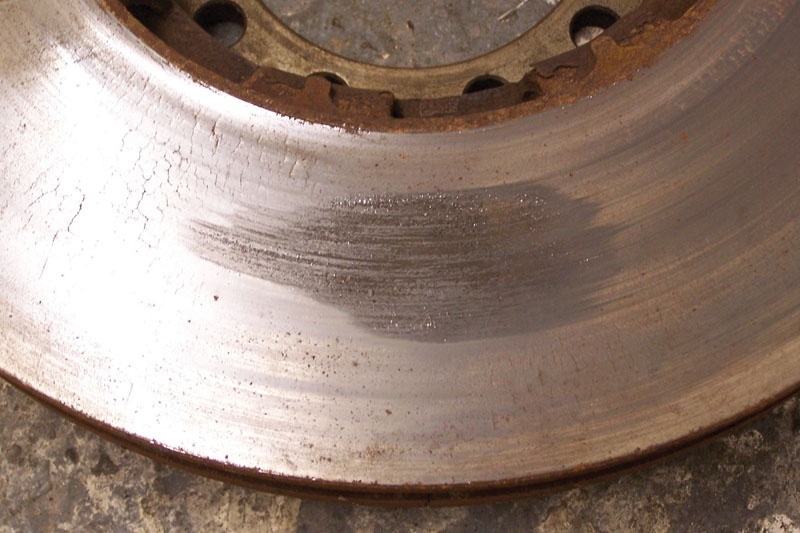
A regular and thorough inspection is essential to maintain the operation of your braking system and should be included in your regular maintenance program. Here, Juratek provides some guidance to help you identify some common problems to watch out for.
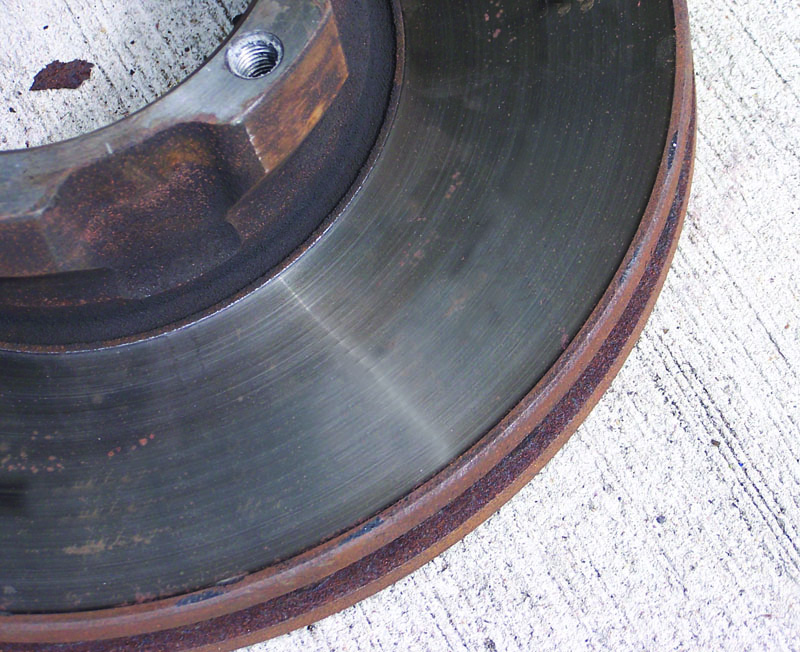
Natural Wear
The minimum disc thickness is shown on the outside diameter of the disc, and the minimum dimension applies to the crosssection measurement between the two braking surfaces. This measurement should be made at several points around the entire circumference of the disc. If the thickness is below the minimum dimension shown, then the disc must be replaced. The disc should also be checked to ensure the wear is roughly equal on both braking surfaces; If one surface is more worn than the other, this indicates that brake system is not functioning properly, and should be inspected.
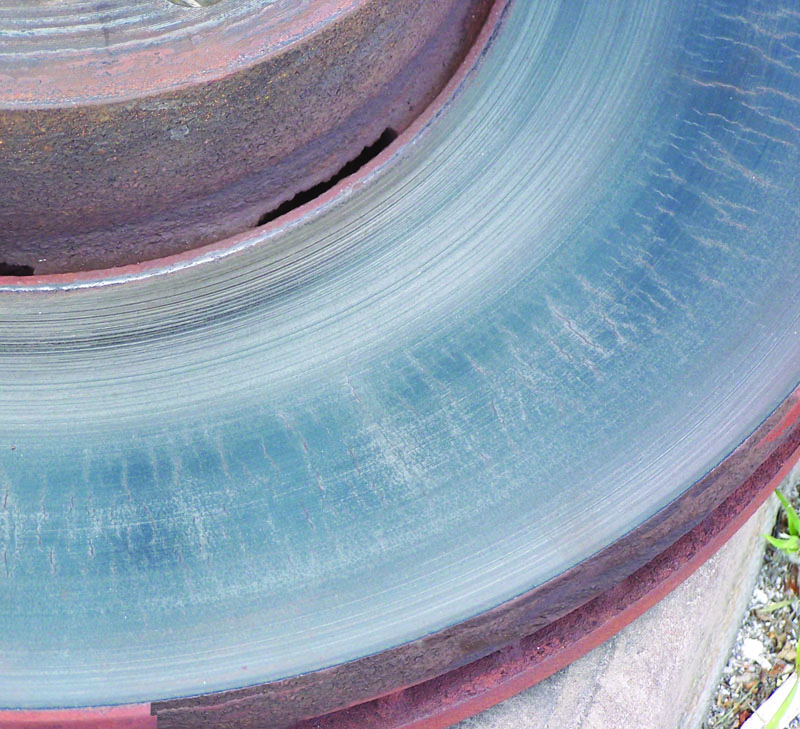
Heat Checking
Heat checking is the appearance of numerous short, thin radial interruptions of the braking surface. It is a normal side-effect of the disc brake function, and occurs as a result of the heating and cooling of the braking surface during operation.
No immediate action is required here, but these can turn into cracks over time, depending on factors such as brake system balance and how hard the brakes are used.
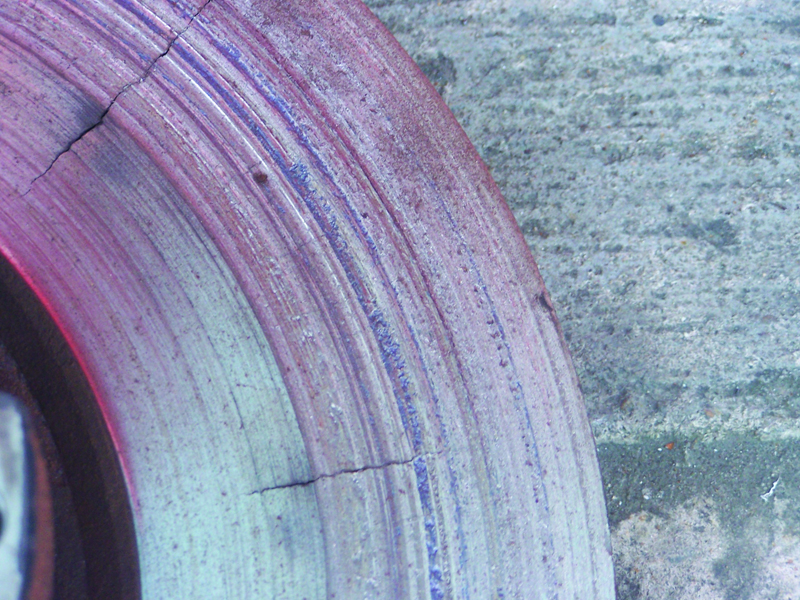
Scored Discs
A scored disc is indicated by defined grooves appearing on the disc surface. If the depth of the scoring exceeds 0.5mm, and if the braking surface can be resurfaced while remaining within the recommended thickness, then it should be resurfaced to restore smoothness. If this is not possible then the disc should be replaced.

Blue Discs
A disc that shows signs of ‘blueing’ has been subjected to extremely high temperatures. This can be caused by continued hard stops or by brake system imbalance. It isn’t necessary to replace the discs as long as it remains within the allowable tolerance.
To correct this problem, the brake system should be checked for proper balance. The disc’s thickness should be checked to ensure it is correct. The caliper should also have its adjustment and clearance checked. If left unresolved, it can result in a martensite condition developing, causing the disc to crack.
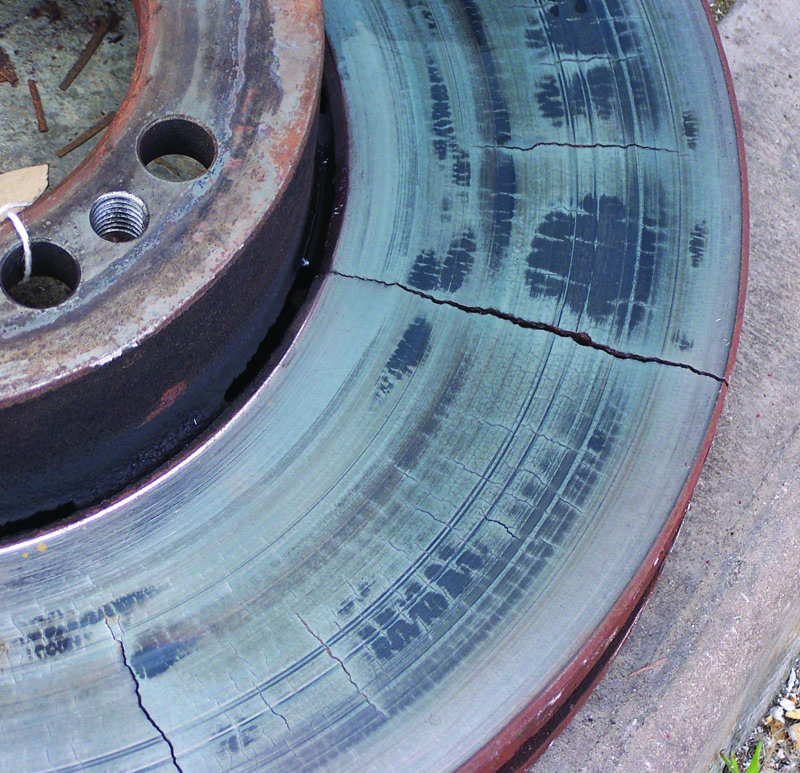
Cracked and Spotted Discs
Braking surface cracks are seen as radial cracks appearing in the braking surface and rounding the edge of the disc at the inside or outside diameter of the braking surface. Along with high spots on the opposite side of the disc, these cracks and spots are caused by excessive heat, which is usually caused by faulty callipers or torque imbalance.
Extreme high temperature causes the disc to distort. Cracked discs must always be replaced. If the disc is not replaced the cracks will gradually get worse, and can eventually spread into the barrel section. After the discs are replaced the braking system should be checked for proper balance.

Natural Wear
Lining transfer is indicated by a thin layer of lining material which has become welded to the braking surface. Initially the lining deposits will be spotty, however as the problem progresses the deposits will become larger to cover more of the braking surface, which will accelerate the lining wear.
This problem is caused by extremely high temperatures caused by dragging brakes, continued excessive braking, brake system imbalance or system malfunction. The disc can be resurfaced to restore a smooth surface, provided doing so does not reduce the braking surface below the recommended thickness.








